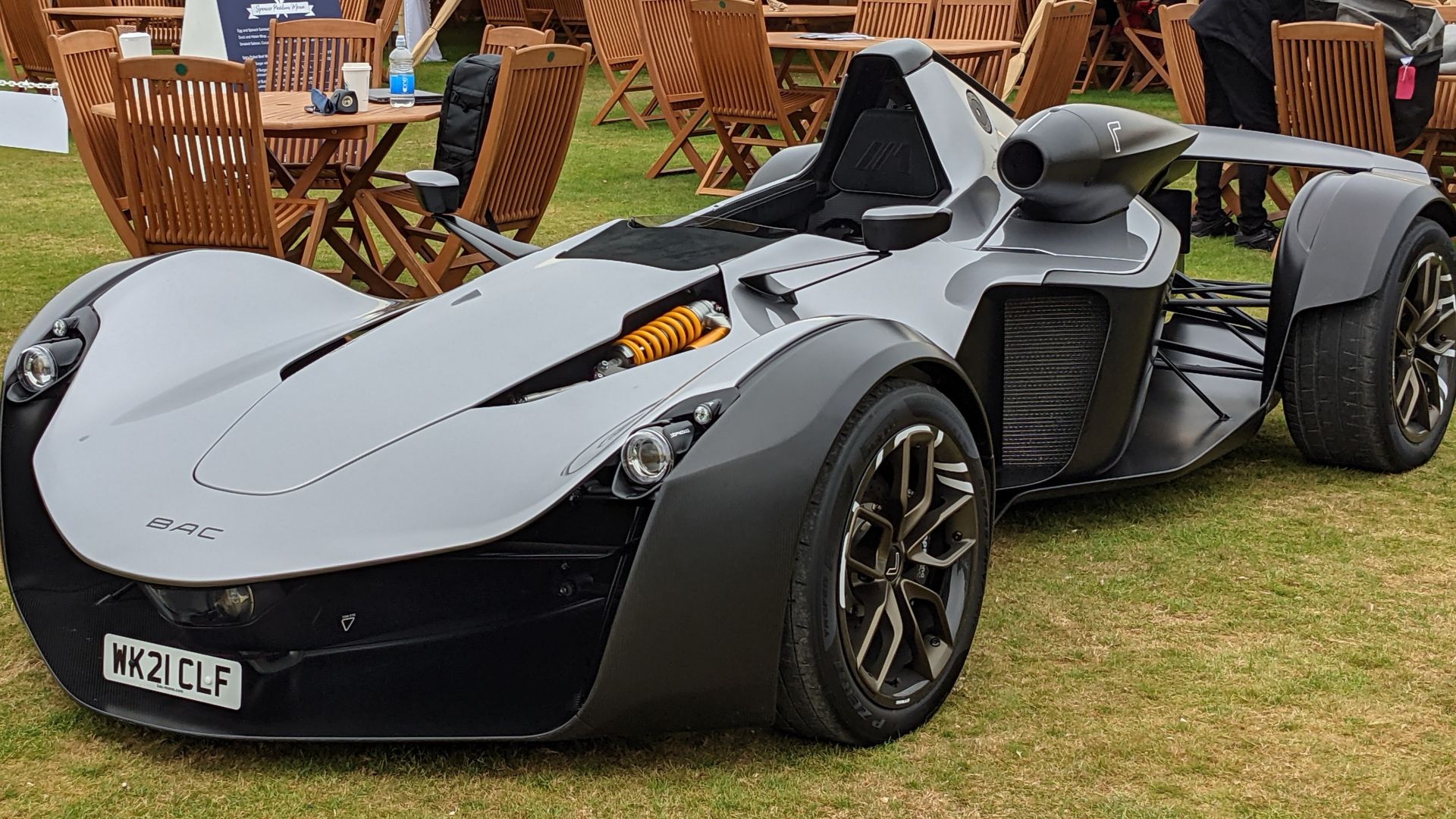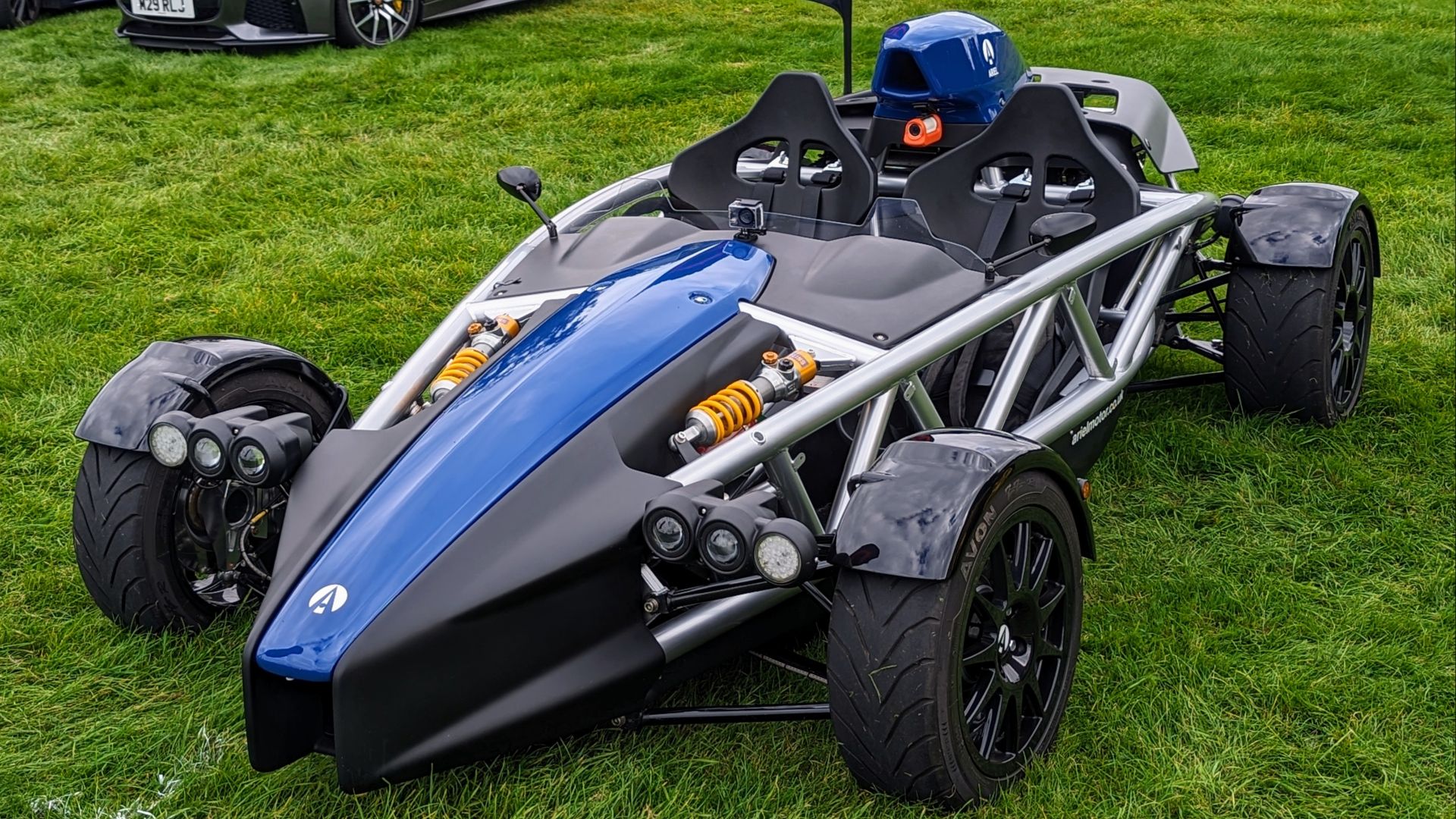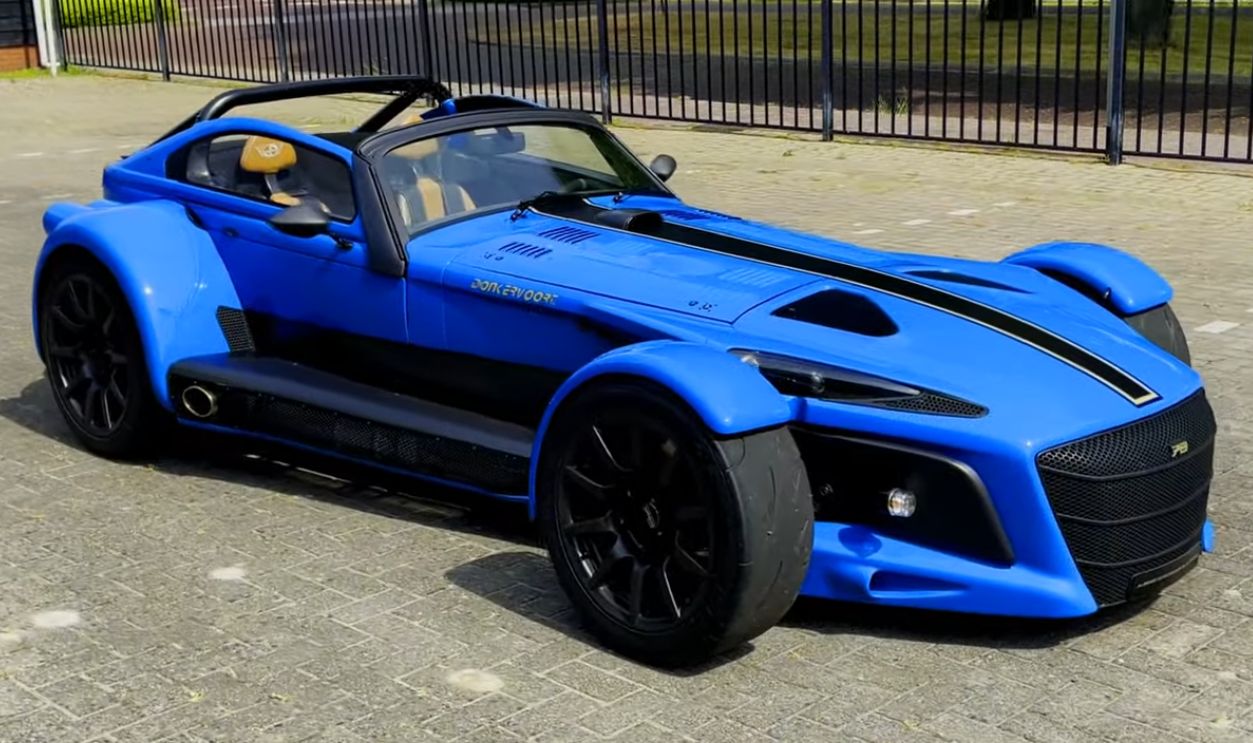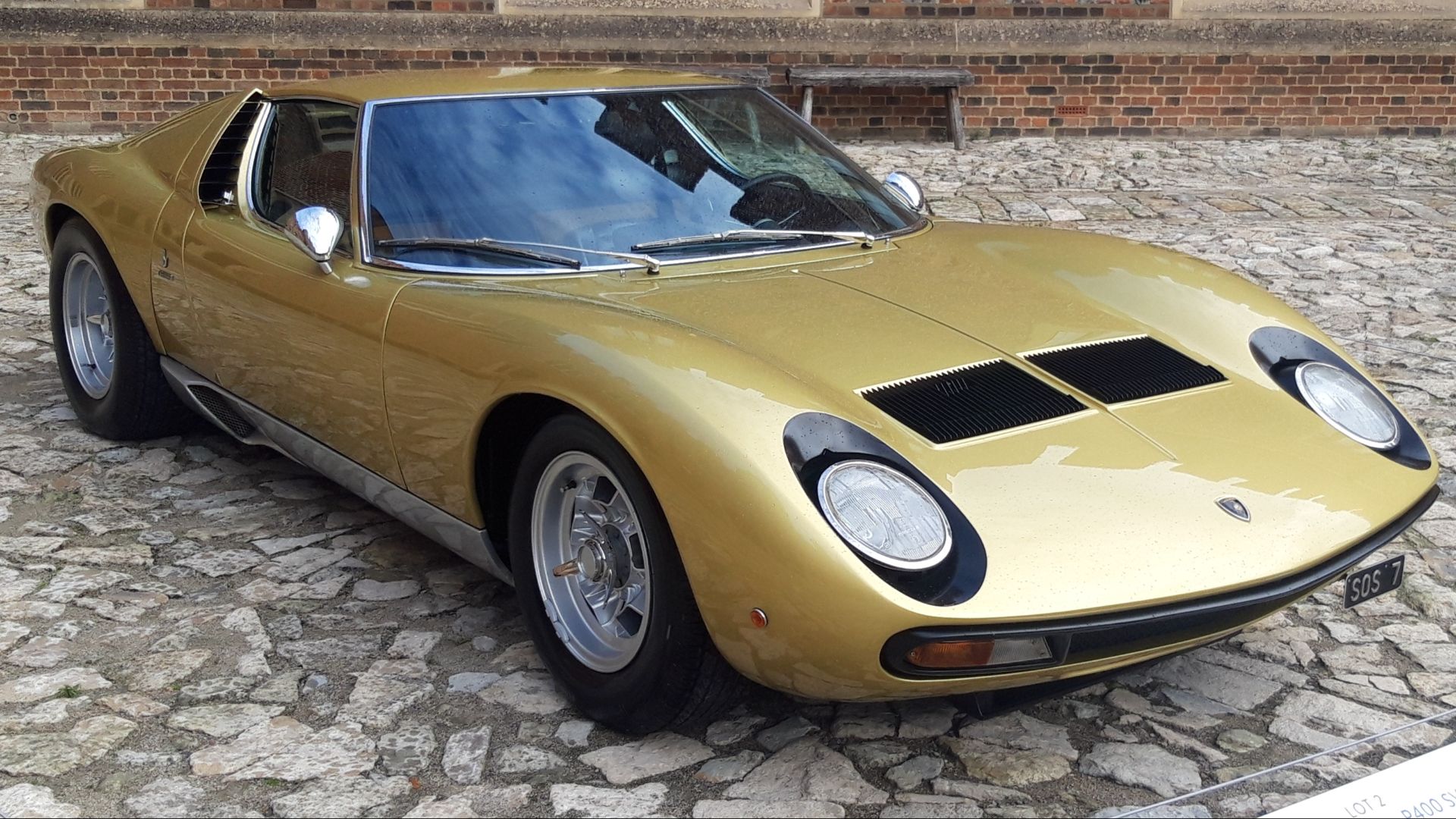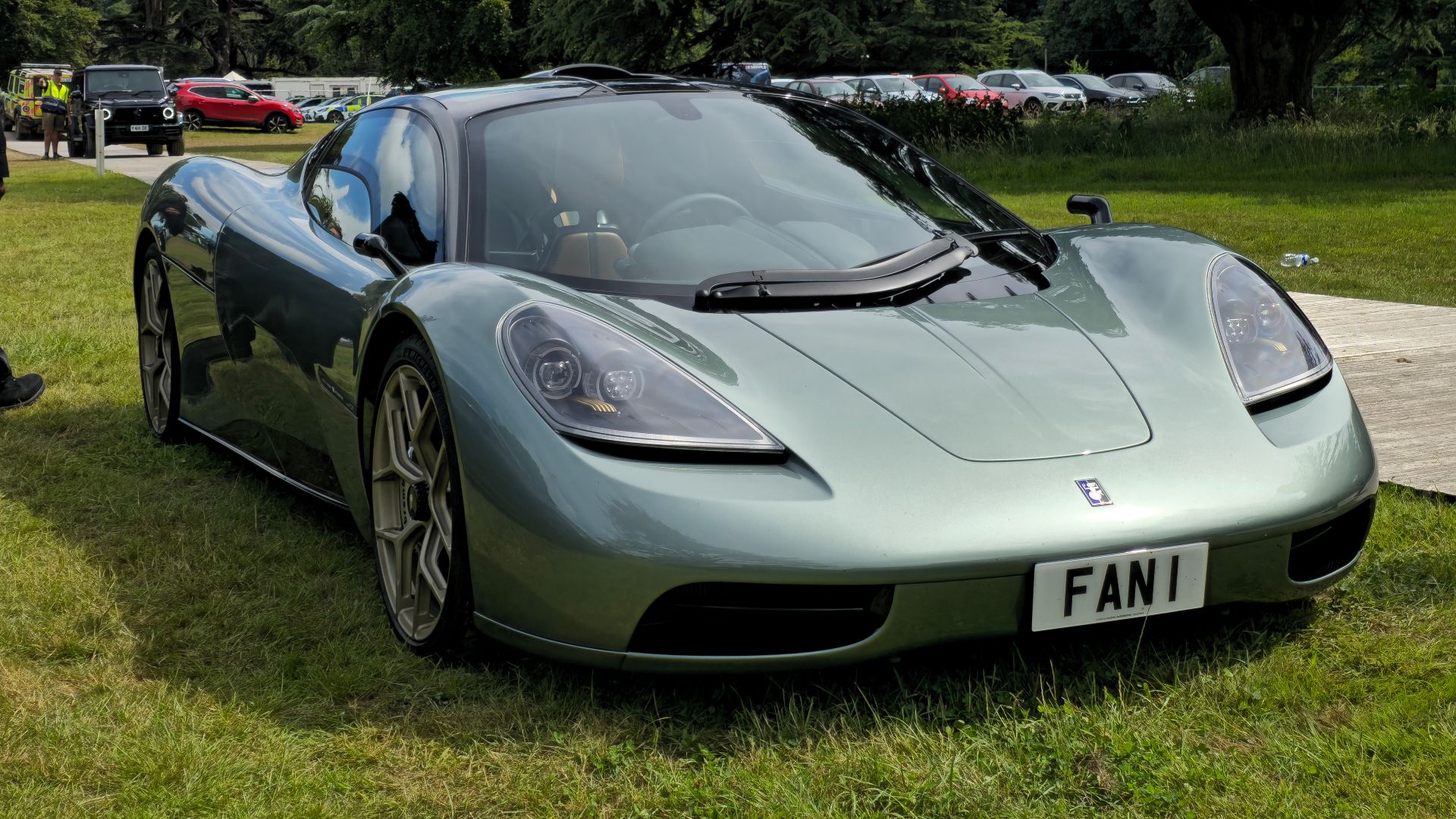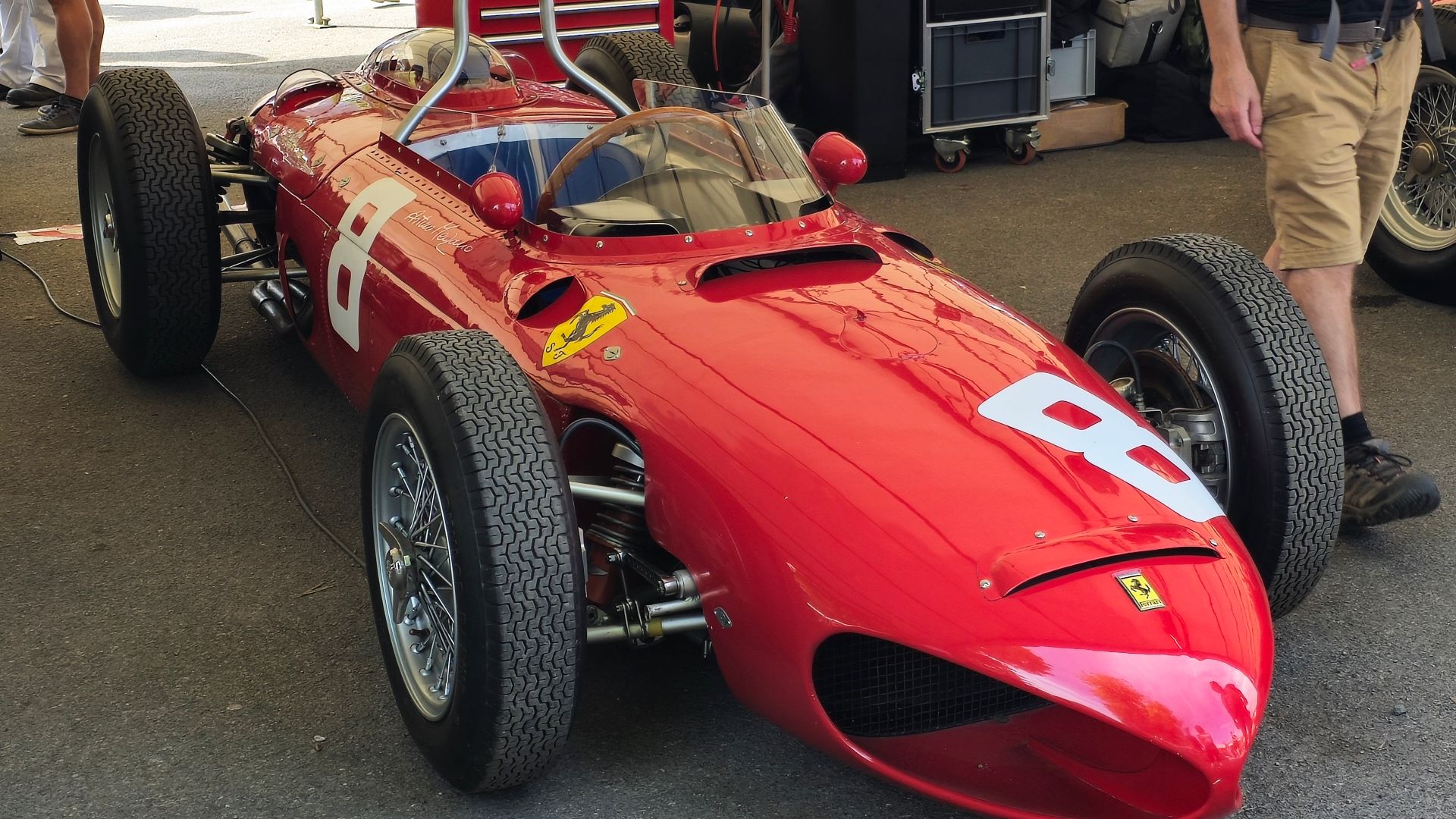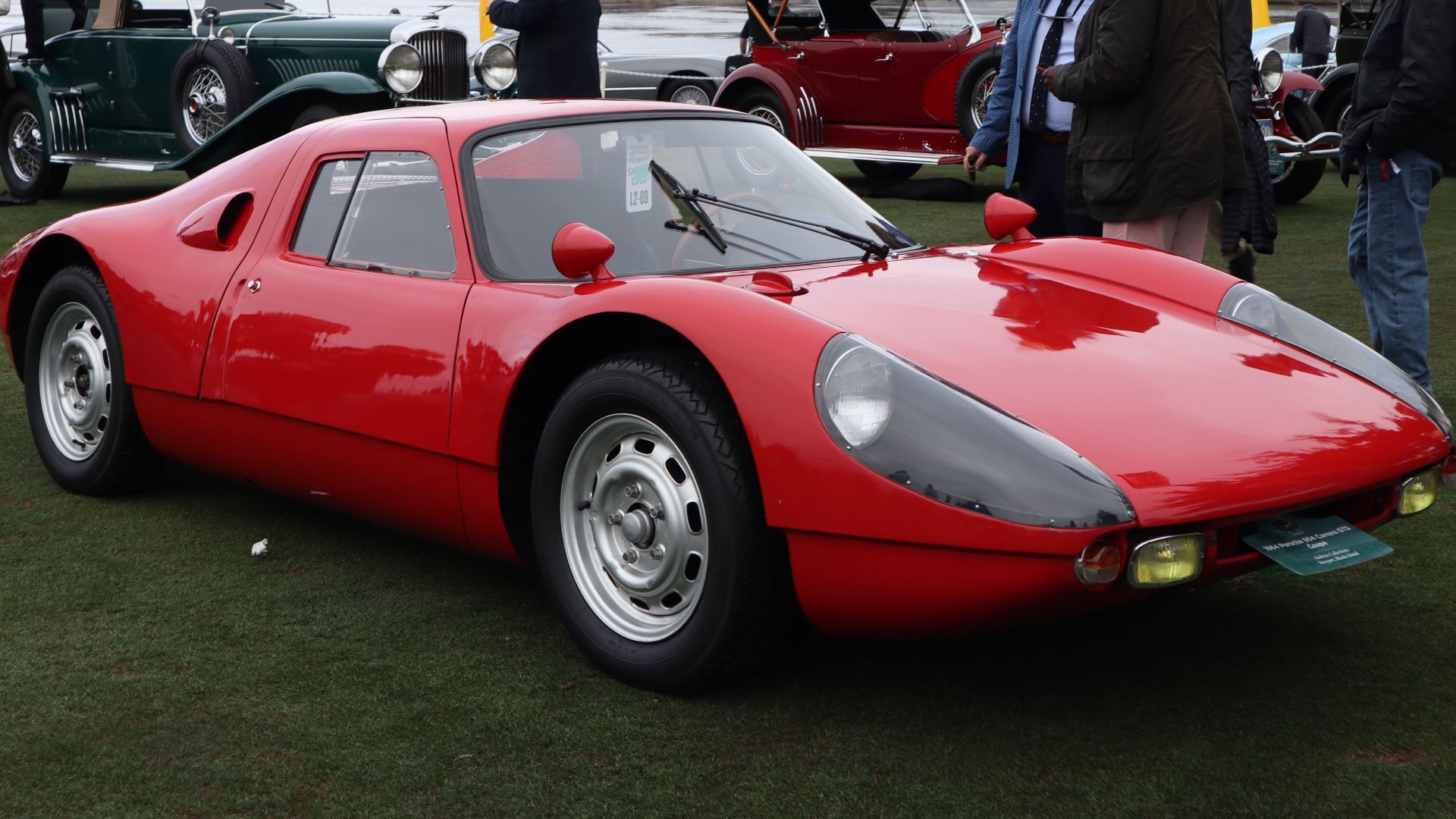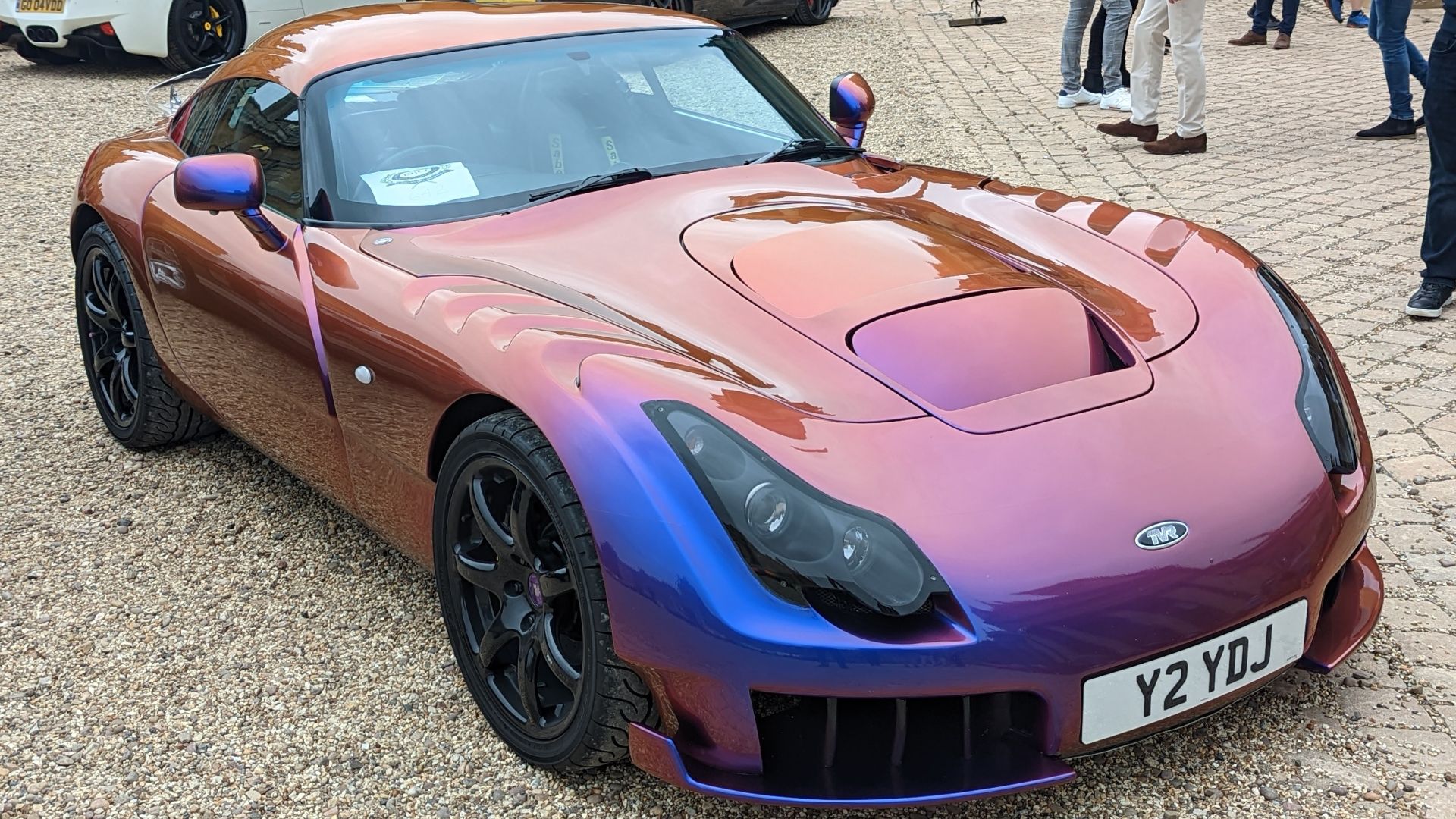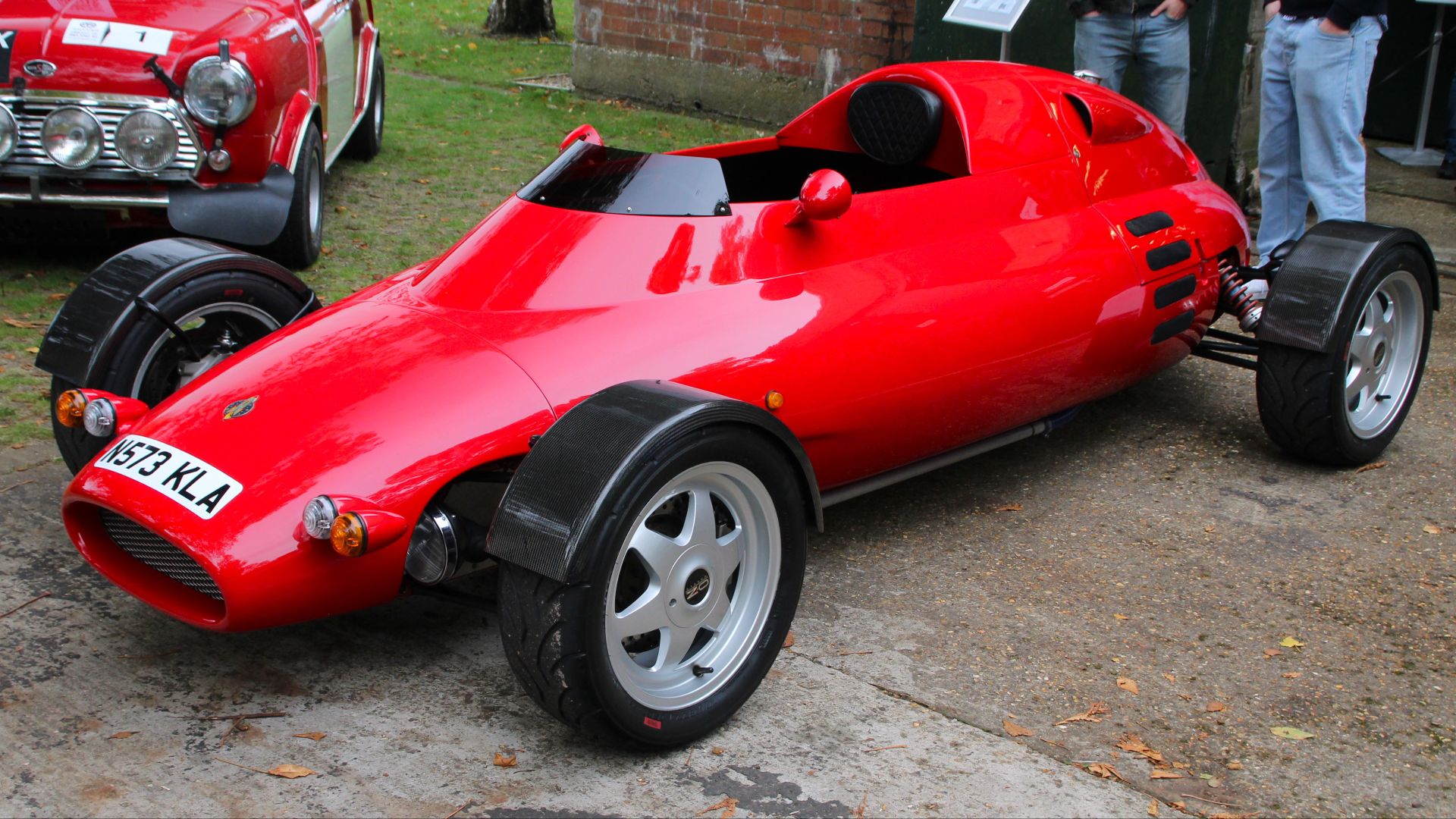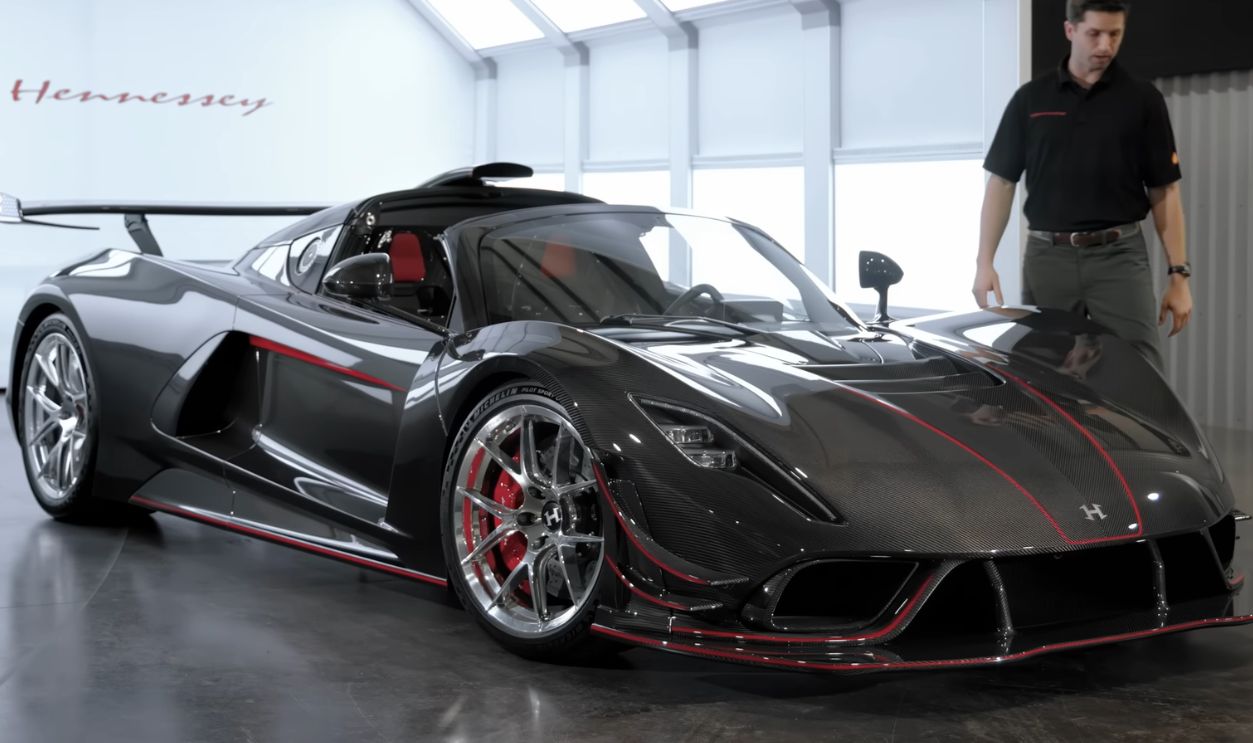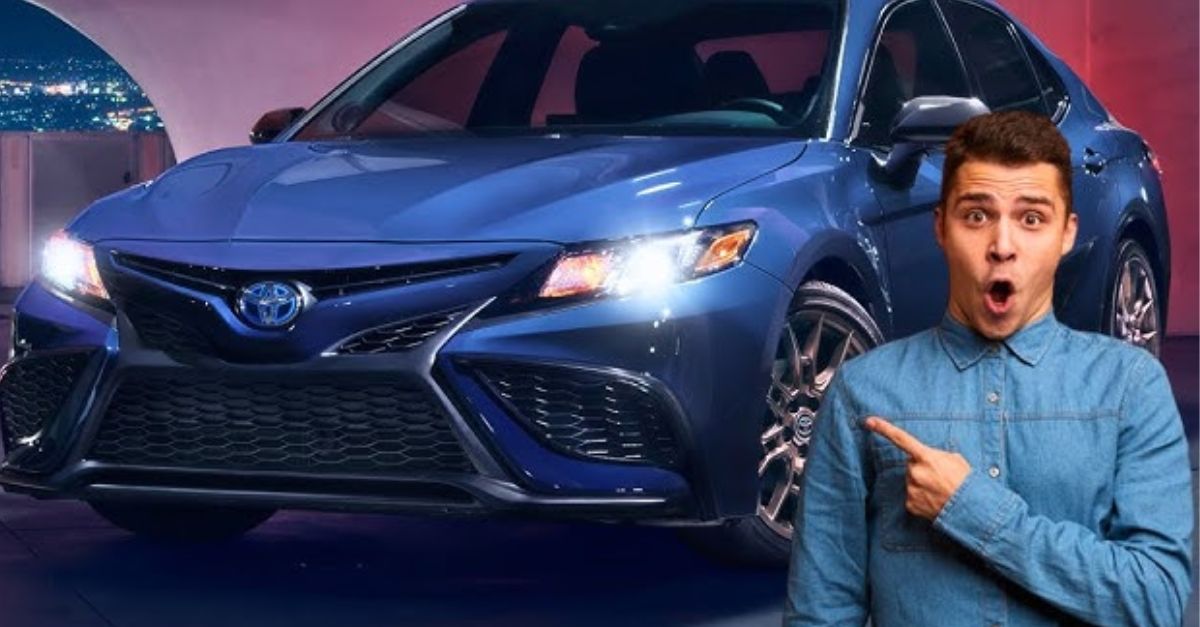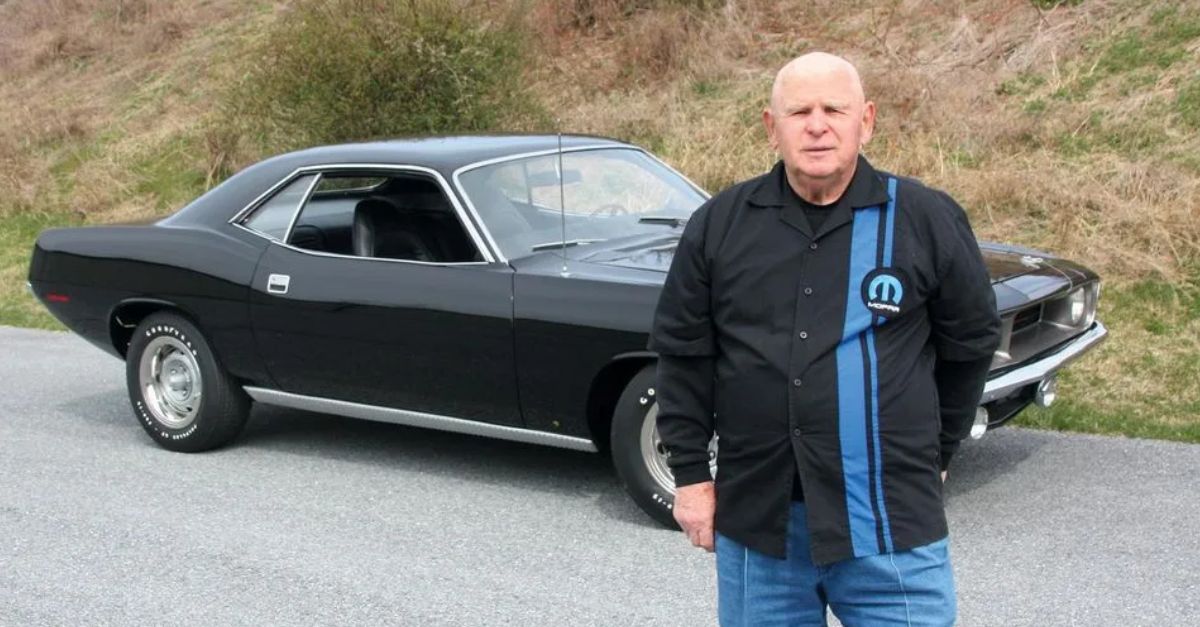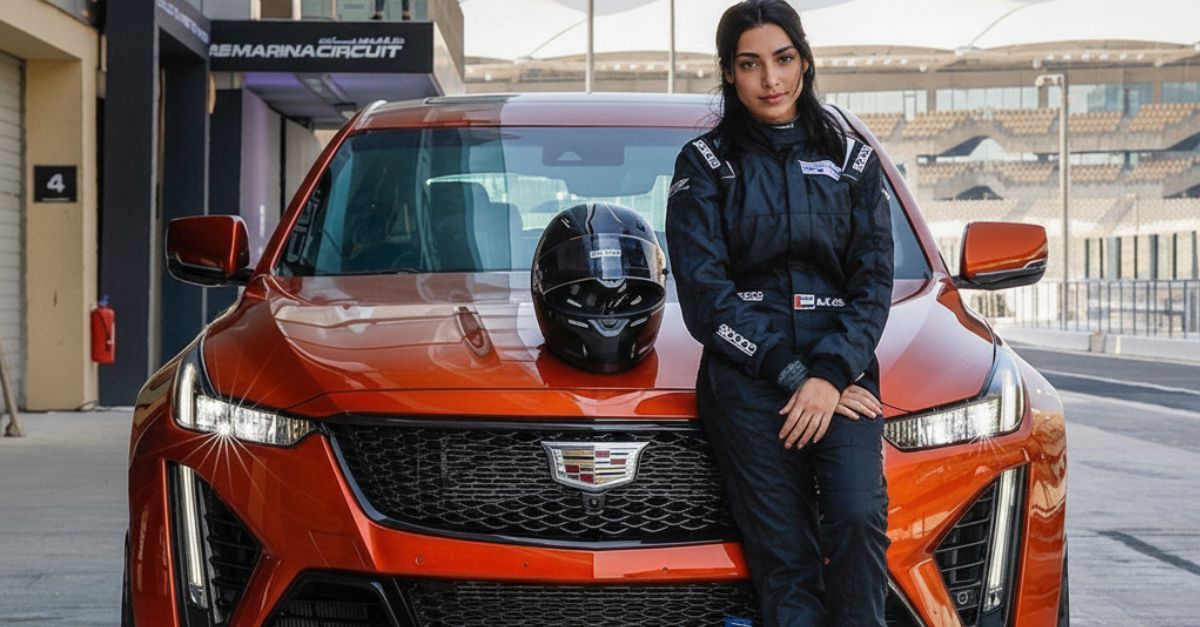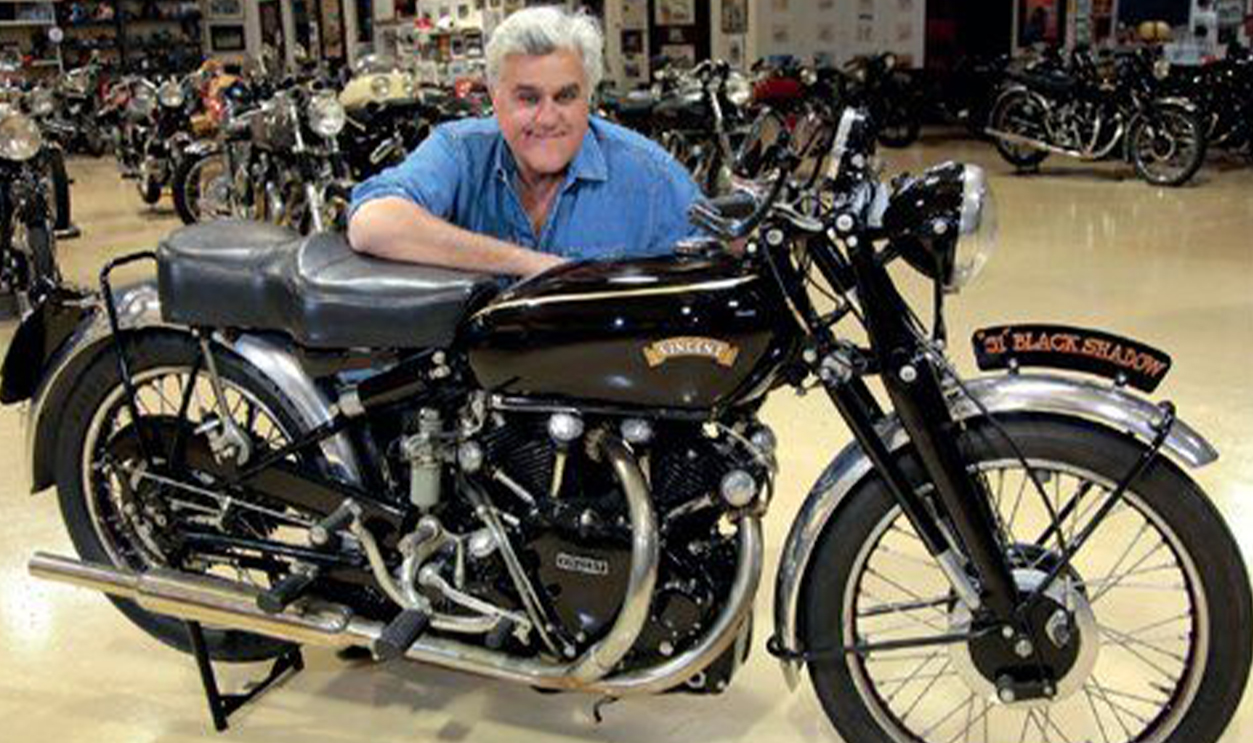Featherweight Speed Machines
You wouldn’t guess it by looking, but some of the world’s wildest supercars are surprisingly light on their wheels. What they gave up in fluff, they gained back in pure speed and purpose.

Lotus Elise Sport 240 Final Edition
Unlike modern cars packed with digital extras, the final Elise stayed fiercely minimalist. Weighing just 2,032 pounds, it skipped power steering and thick insulation. And with its lightweight aluminum chassis, it reminded everyone that pure driving fun didn’t need to be high-tech or heavy.
Ferrari F40
The F40 was incredibly fast thanks to its twin turbos—but what really made it unforgettable (and not in a good way) was how uncomfortable it was. Weighing just 2,425 pounds and built with Kevlar and carbon fiber, it offered no power steering and no distractions; only pure, unfiltered performance.
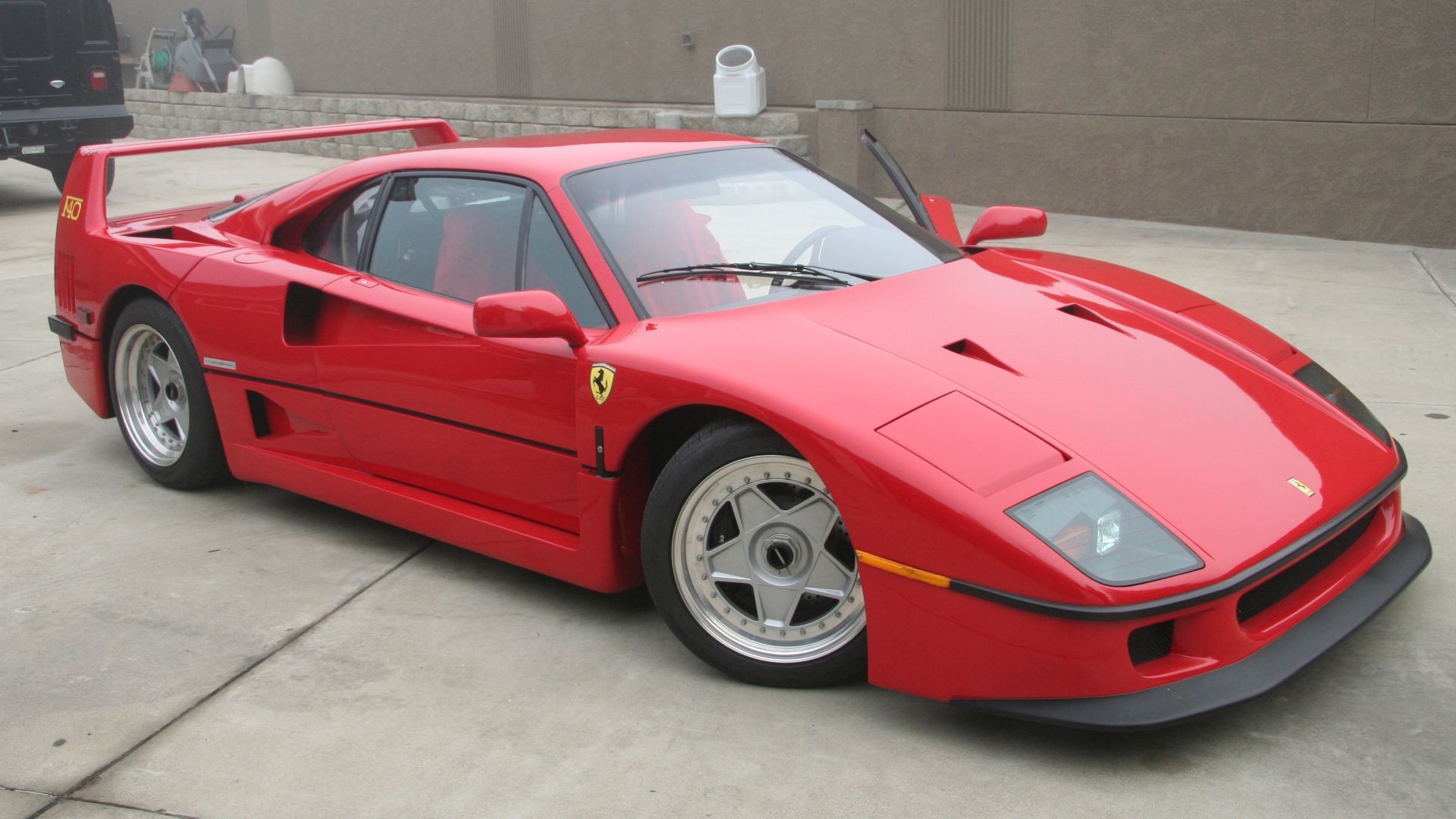 Carl Skaggs, Wikimedia Commons
Carl Skaggs, Wikimedia Commons
Lotus 2-Eleven
The Lotus 2-Eleven generated stripped-down power with unmistakable flair, all thanks to the Exige engine hidden in its bare-bones shell. And since it had no roof or even windows, it wasn’t pretending to be polite. At just 1,477 pounds, it was built for raw fun.
 Brian Snelson from Hockley, Essex, England, Wikimedia Commons
Brian Snelson from Hockley, Essex, England, Wikimedia Commons
McLaren F1
Do you know the McLaren F1 is the car that redefined lightweight engineering for supercars? It stunned the world not just with speed but with its 2,509-pound weight. With three seats and gold foil in the engine bay, it remains the gold standard in purposeful design.
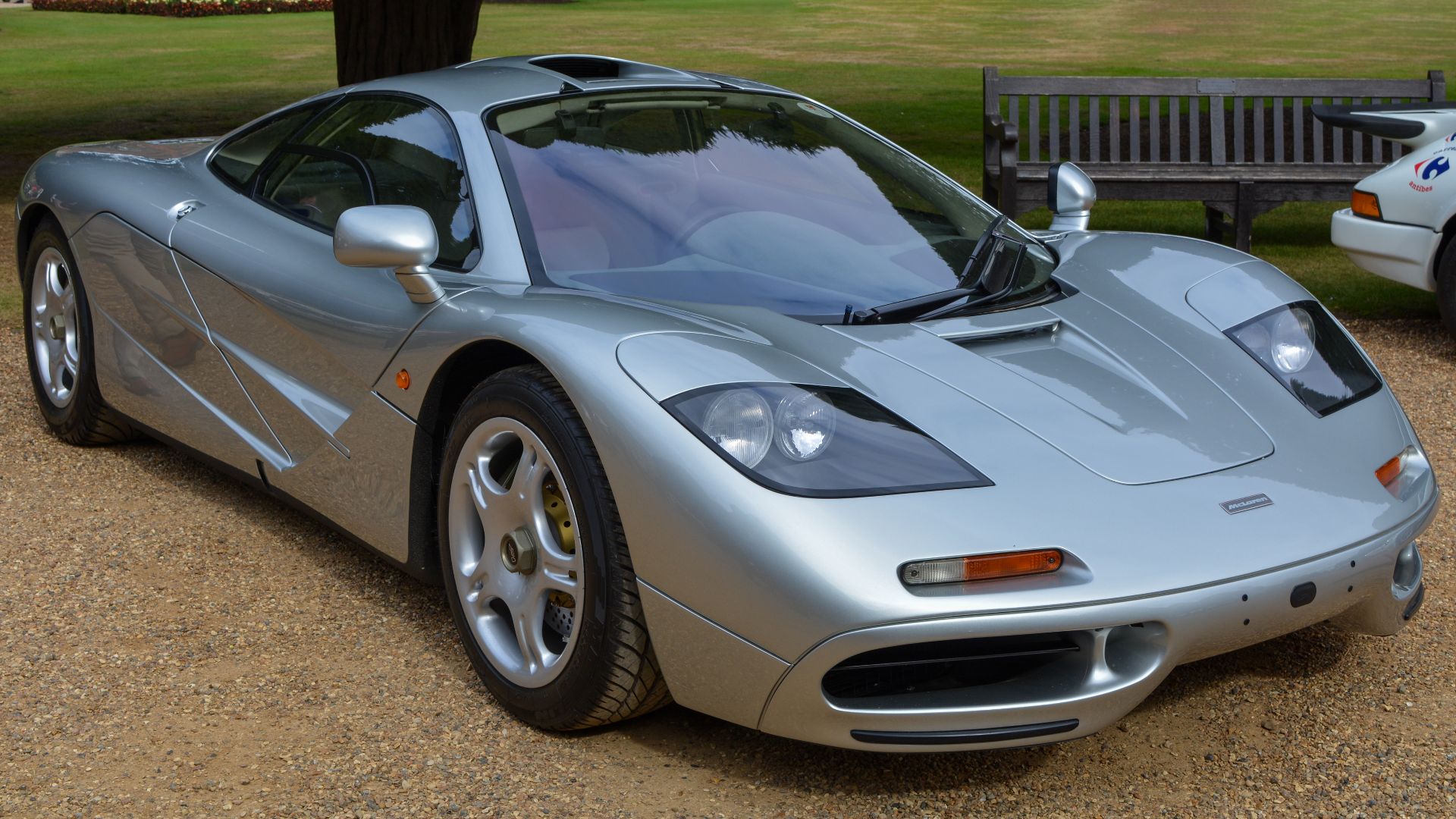 Chelsea Jay, Wikimedia Commons
Chelsea Jay, Wikimedia Commons
BAC Mono
With just one seat and absolutely no clutter, the BAC Mono strips out everything except excitement. Although it weighs only 1,278 pounds, it still delivers over 500 horsepower per ton. Made with carbon fiber and tested in wind tunnels, it’s road legal but made to rule the racetrack.
Noble M600
Inside the cockpit, things feel almost unfinished; no screens and nothing holding your hand. That raw setup matches the car’s attitude. Its carbon fiber body and Yamaha-sourced V8 deliver serious power, as the 2,645-pound curb weight keeps the danger thrilling and the reactions brutally fast.
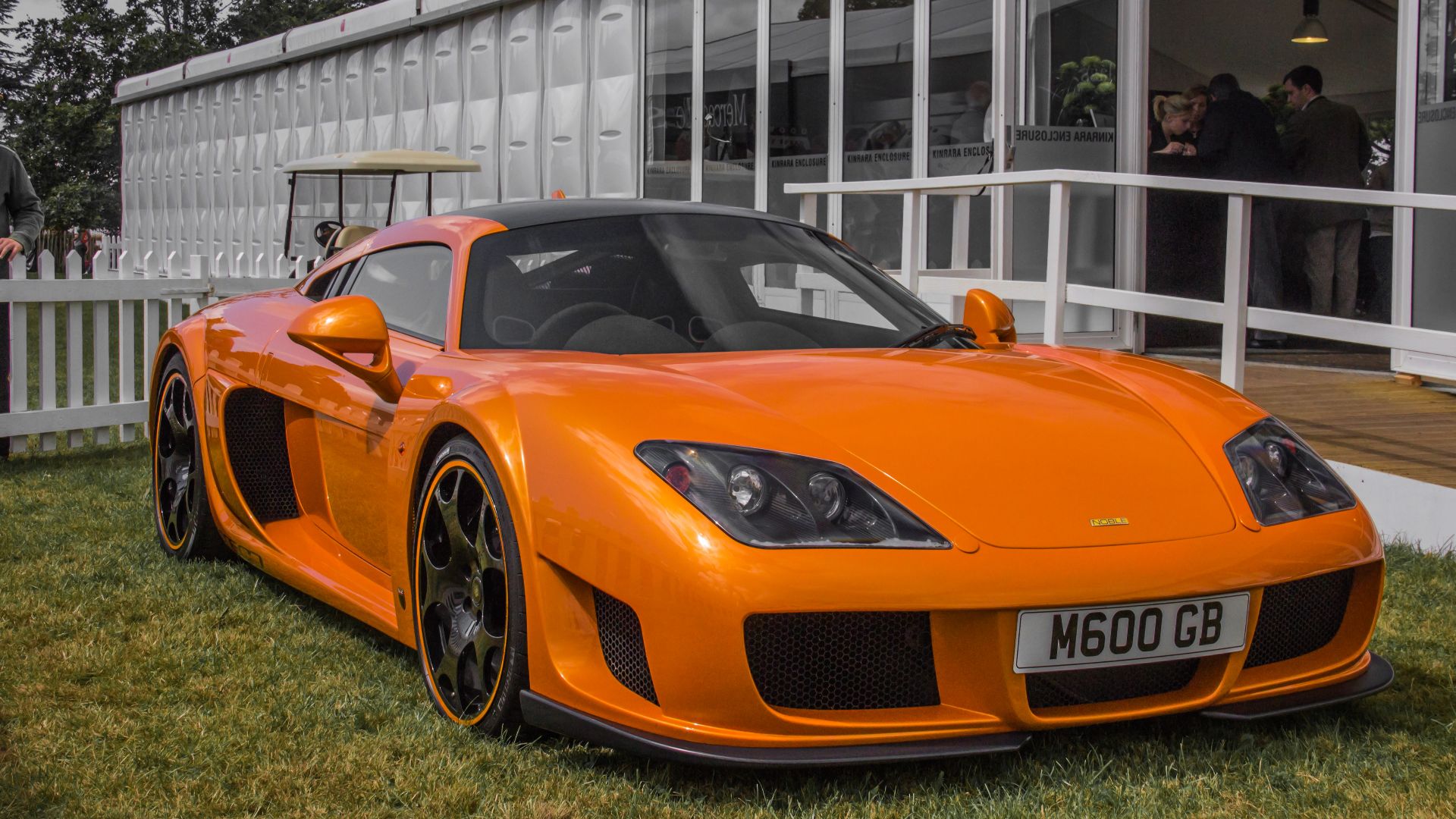 Ben from LONDON, United Kingdom, Wikimedia Commons
Ben from LONDON, United Kingdom, Wikimedia Commons
Porsche 911 Carrera RS 2.7
At 2,149 pounds, it was all about making speed legal. This became Porsche’s entry into racing under the Federation Internationale de l’Automobile (FIA). They removed soundproofing and rear seats, then reshaped the rear end with a ducktail spoiler to help it meet homologation rules and reduce aerodynamic resistance.
KTM X-Bow R
KTM knew how to build fast bikes, but when they made a car, they didn’t forget that lesson. The X-Bow R uses a carbon tub and Audi-powered 2.0L turbo engine. It weighs only 1,790 pounds, showing KTM’s bike-style obsession with keeping things light even on four wheels.
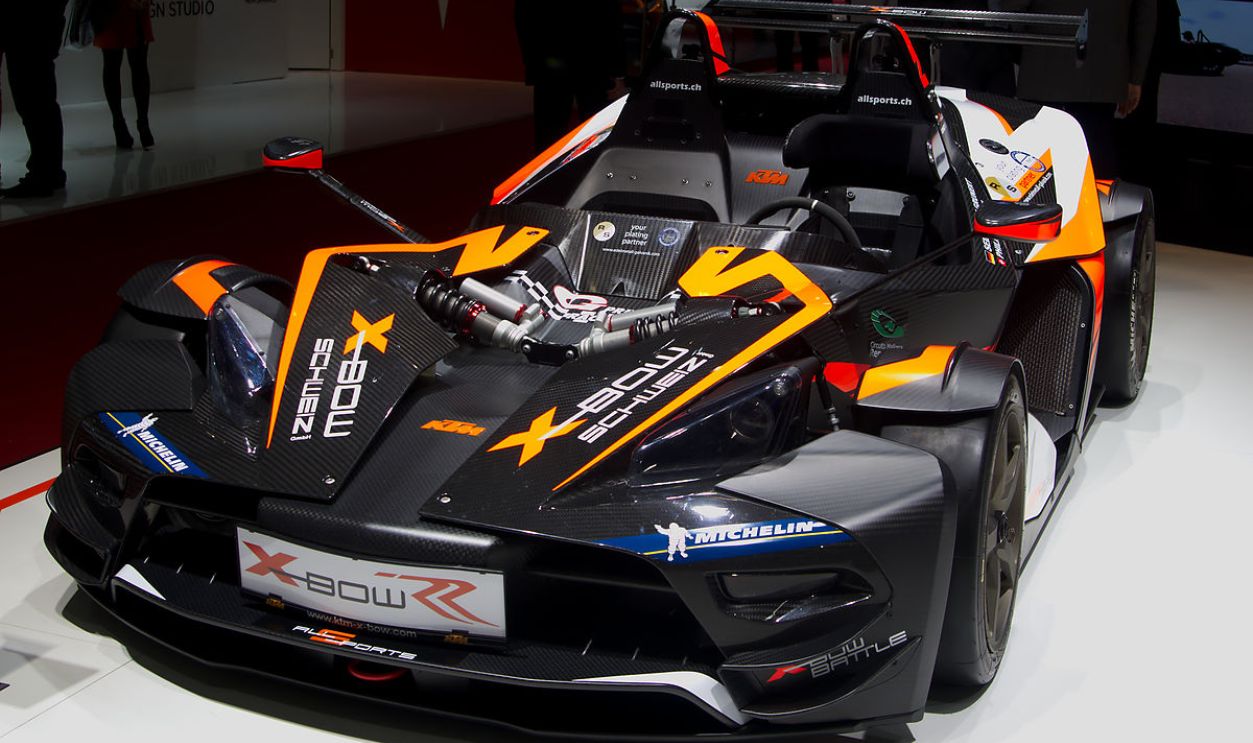 Clement Bucco-Lechat, CC BY-SA 3.0, Wikimedia Commons
Clement Bucco-Lechat, CC BY-SA 3.0, Wikimedia Commons
Ariel Atom 4
Reaching 60 mph in just 2.8 seconds is no small feat, especially with only 1,312 pounds to move. The Ariel Atom 4 may look stripped down without its roof or panels, and that’s intentional because it was not built for comfort. Still, the adrenaline it delivers is memorable.
Pagani Zonda S 7.3
Every component on the Zonda S 7.3 was picked with one goal in mind: precision. But managing weight was critical. Engineers carefully selected materials that reduced mass and improved performance. That’s how, even with a roaring V12 engine onboard, the final curb weight stayed under 2,756 pounds.
 Chelsea Jay, Wikimedia Commons
Chelsea Jay, Wikimedia Commons
Donkervoort D8 GTO-JD70
Named to celebrate founder Joop Donkervoort’s 70th birthday, this car feels light. Weighing just 1,543 pounds and powered by a turbocharged Audi engine, it accelerates faster than many hypercars. It’s a bold reminder that lighter still means faster—and way more fun.
Radical SR3 XX
This car’s telemetry system logs every lap in real time as the lightweight chassis keeps the weight at just 1,367 pounds. A sequential gearbox and FIA-approved aero give it serious track tech, yet it still weighs less than a typical city hatchback.
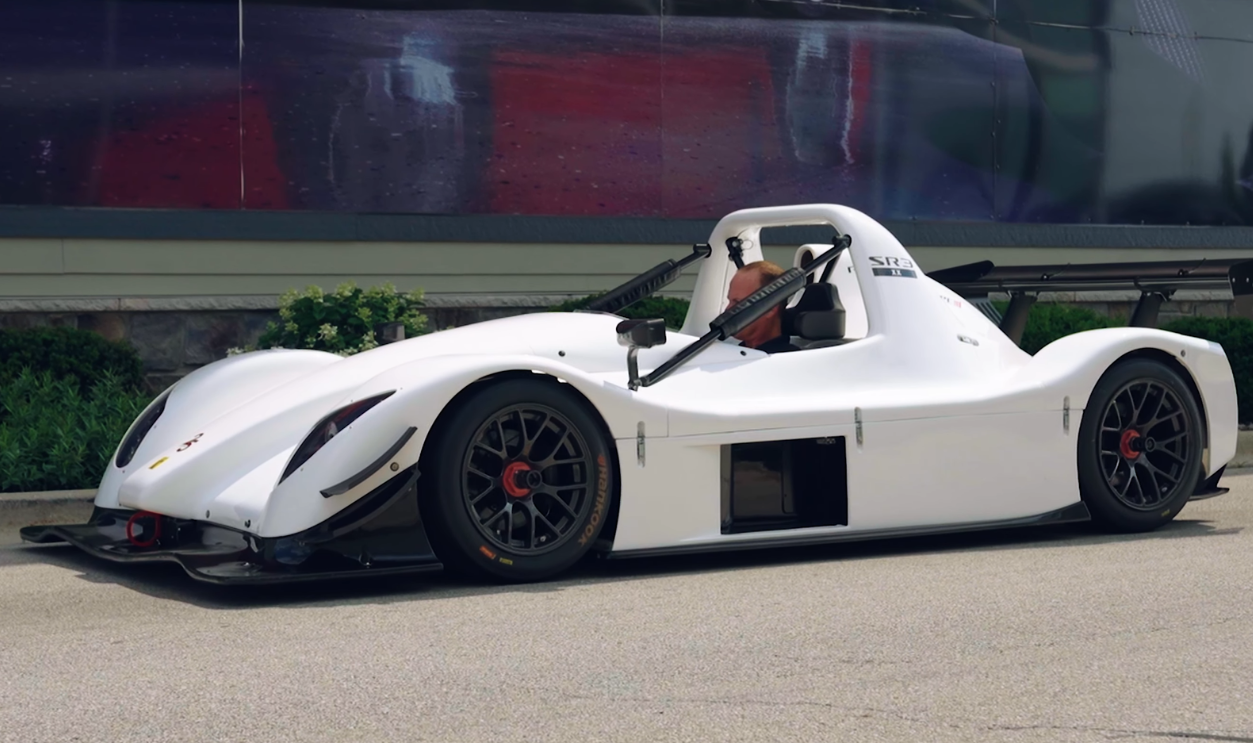 2022 Radical SR3 XX | Startup + Walkaround by Finestvehiclestraded
2022 Radical SR3 XX | Startup + Walkaround by Finestvehiclestraded
Lamborghini Miura P400
The P400 was the world’s first modern mid-engine supercar, and it weighed just 2,848 pounds. Everything from its transverse engine layout to its compact structure worked together to keep it light. Back in the 1960s, this kind of weight-to-power ratio turned heads fast.
Gordon Murray T.50
At the rear, there’s a ground-effect fan that looks like it belongs on a jet. But that wasn’t even the greatest surprise. Its weight was. Despite a V12 engine and center-seat layout, it weighs only 2,174 pounds. Gordon Murray built something entirely new from the ground up.
Ferrari 156 “Sharknose”
One glance and you understand how it got its name. The Ferrari 156 “Sharknose” used a small frontal area and a lightweight aluminum body to stay under 1,250 pounds. With a spaceframe chassis underneath, it pioneered an aerodynamic formula that would shape the look of future race cars.
Renault Sport Spider
Thanks to its mid-engine layout and lightweight 2,050-pound frame, it delivered pure driving sensation. The early Renault Sport Spider ditched both the windshield and roof to maximize open-air fun. You had to wear a helmet—not for style, but because the car demanded it.
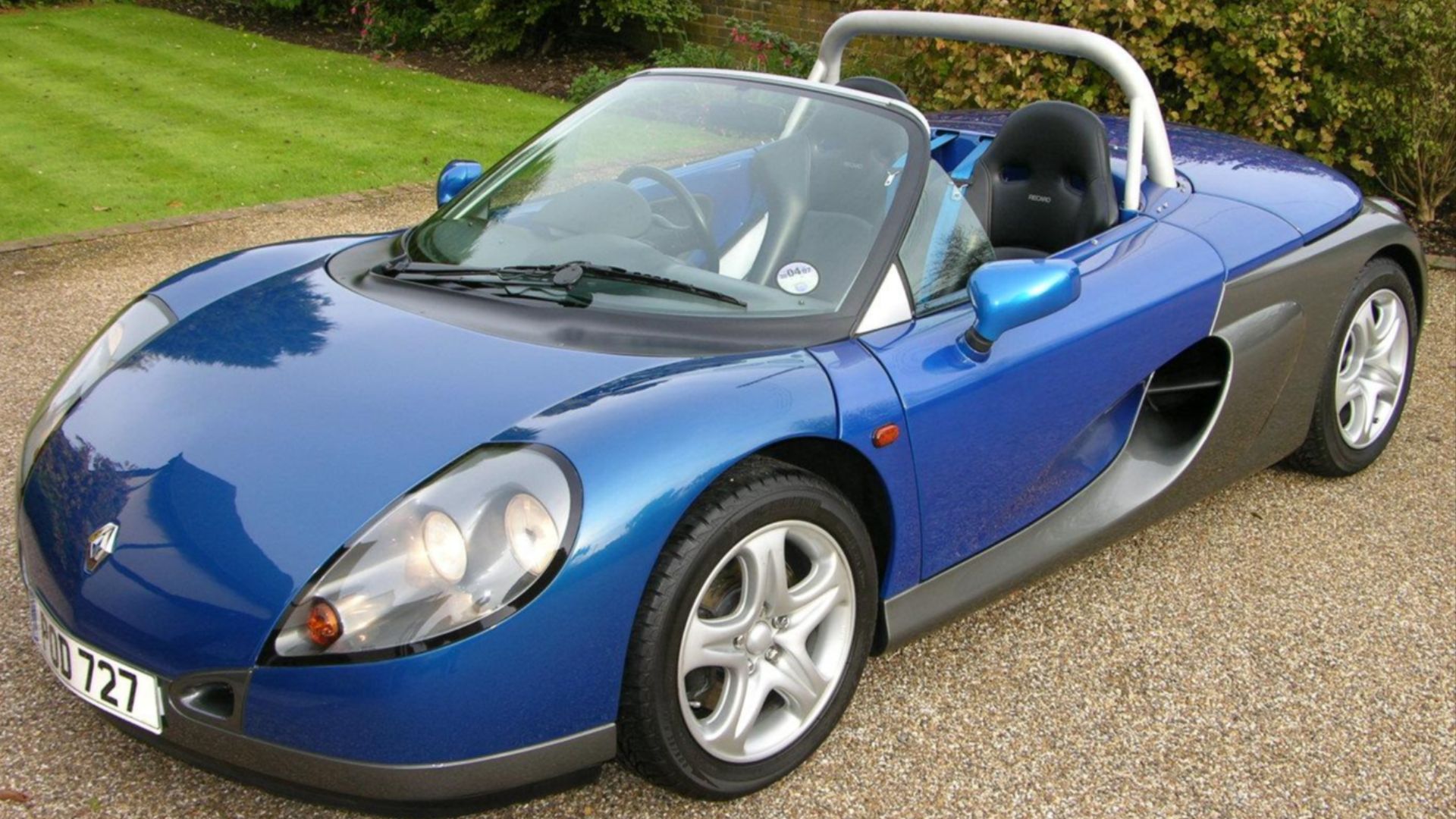 The Car Spy, Wikimedia Commons
The Car Spy, Wikimedia Commons
Porsche 904 Carrera GTS
This Porsche had two homes: the road and the racetrack. Built in 1963, it used a fiberglass body over a steel ladder frame to save weight. Whether powered by a flat-four or flat-six, it kept curb weight near 1,443 pounds, a major feat for its time.
TVR Sagaris
With its fiberglass body and front-mid V6, the TVR Sagaris weighed just 2,376 pounds and felt intense to drive. The TVR Sagaris didn’t include any driver aids, and that was intentional. Without electronics, it leaned fully into raw balance and driver instinct.
Light Car Company Rocket
It weighs just 850 pounds, which barely sounds street legal. But the Rocket, created by Gordon Murray and Chris Craft, pulled it off. With a tandem seat layout and a motorcycle engine, it blended absurd lightness with just enough legality to turn heads on public roads.
Lotus Exige Cup 430
The Lotus Exige Cup 430 quietly shattered lap records. A carbon splitter and wing added downforce without extra weight, keeping it at 2,447 pounds. Its 3.5L supercharged V6 delivered serious track-day performance, proving you don’t need bulk to achieve thrilling speed and razor-sharp handling.
Hennessey Venom F5 Carbon Edition
They say it might break 300 mph, a wild number on its own. But what’s truly impressive is how it holds together at that speed. A full carbon monocoque and body panels keep this 2,998-pound hypercar light without sacrificing any strength.
Lotus 3-Eleven
Built for drivers who cared only about speed, the Lotus 3-Eleven kept things simple. It showed up ready for the track and left out anything unnecessary. Powered by a 3.5L supercharged V6 and weighing just 1,984 pounds, every detail was built for performance.
Alfa Romeo 4C Coupe
The Alfa Romeo 4C Coupe stands out for its low curb weight of roughly 2,465 pounds. That’s made possible by its carbon fiber tub and aluminum subframes. Pair that with a turbocharged 1.75L engine, and you get a nimble, corner-hugging machine with track-day energy on public roads.
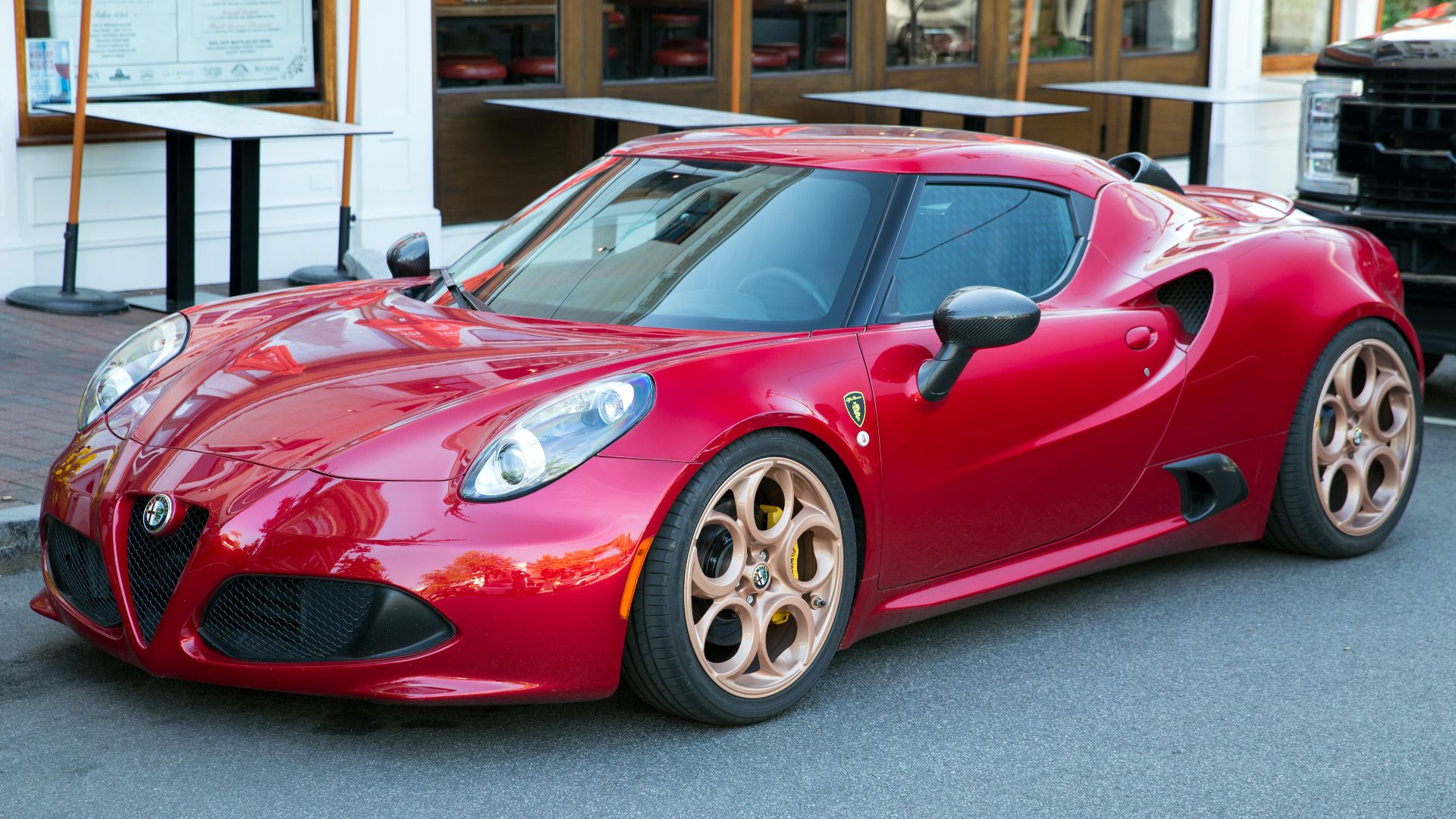 Mr.choppers, Wikimedia Commons
Mr.choppers, Wikimedia Commons
Lotus Elite Type 14
Before lightweight materials were common, Lotus was already ahead of the curve. The Elite Type 14 was the first production car to feature a fiberglass monocoque. Depending on the version, it weighed between 1,110 and 1,485 pounds, light even by today’s standards.
Caparo T1
It pulls over 3 Gs in a corner, and that’s not a typo. Former McLaren F1 designers engineered this 1,036-pound rocket. Thanks to its featherweight build and 575-horsepower V8, it mimics F1 downforce and responsiveness while somehow still wearing a license plate.
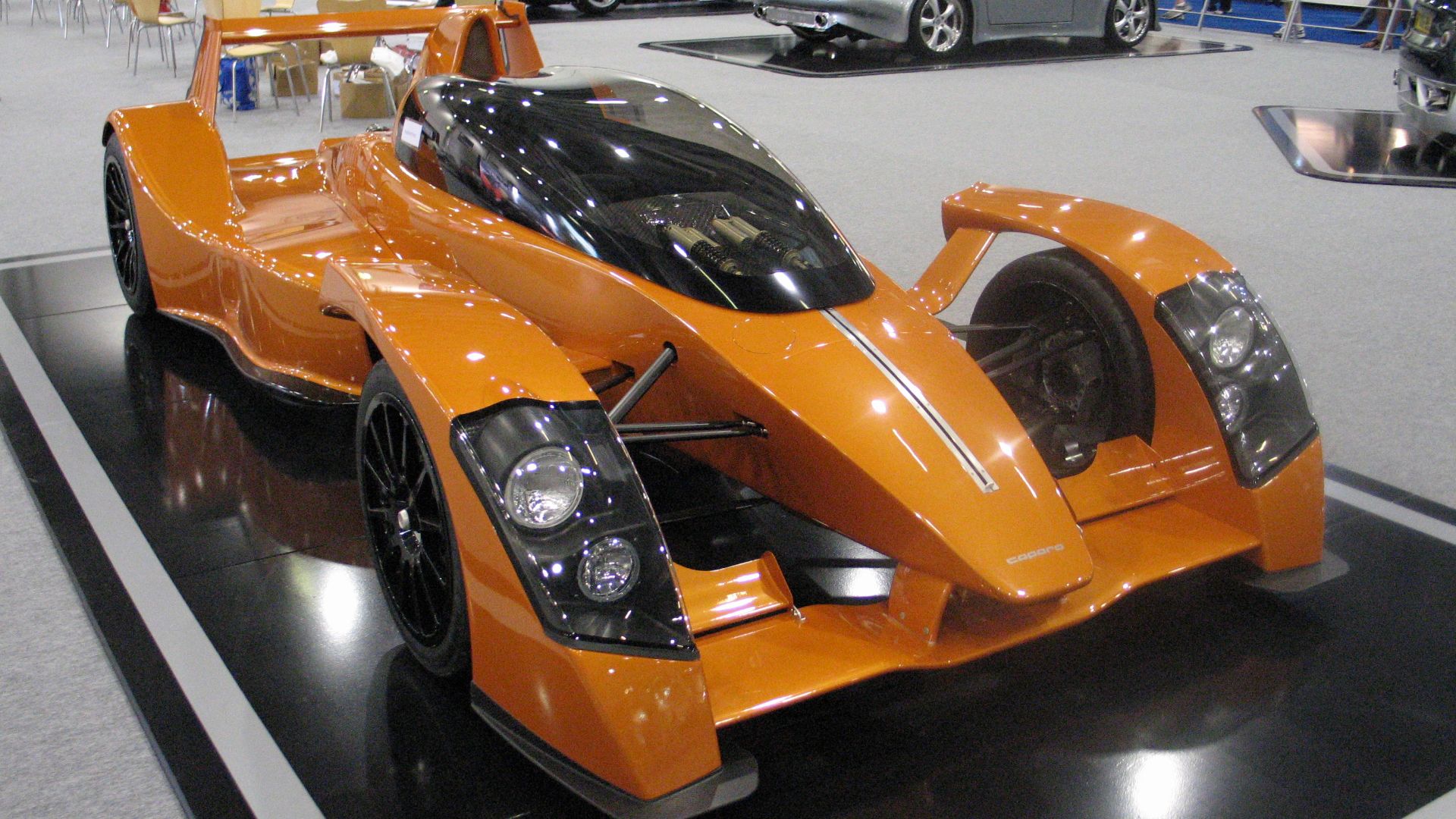 Mike Roberts, Wikimedia Commons
Mike Roberts, Wikimedia Commons



